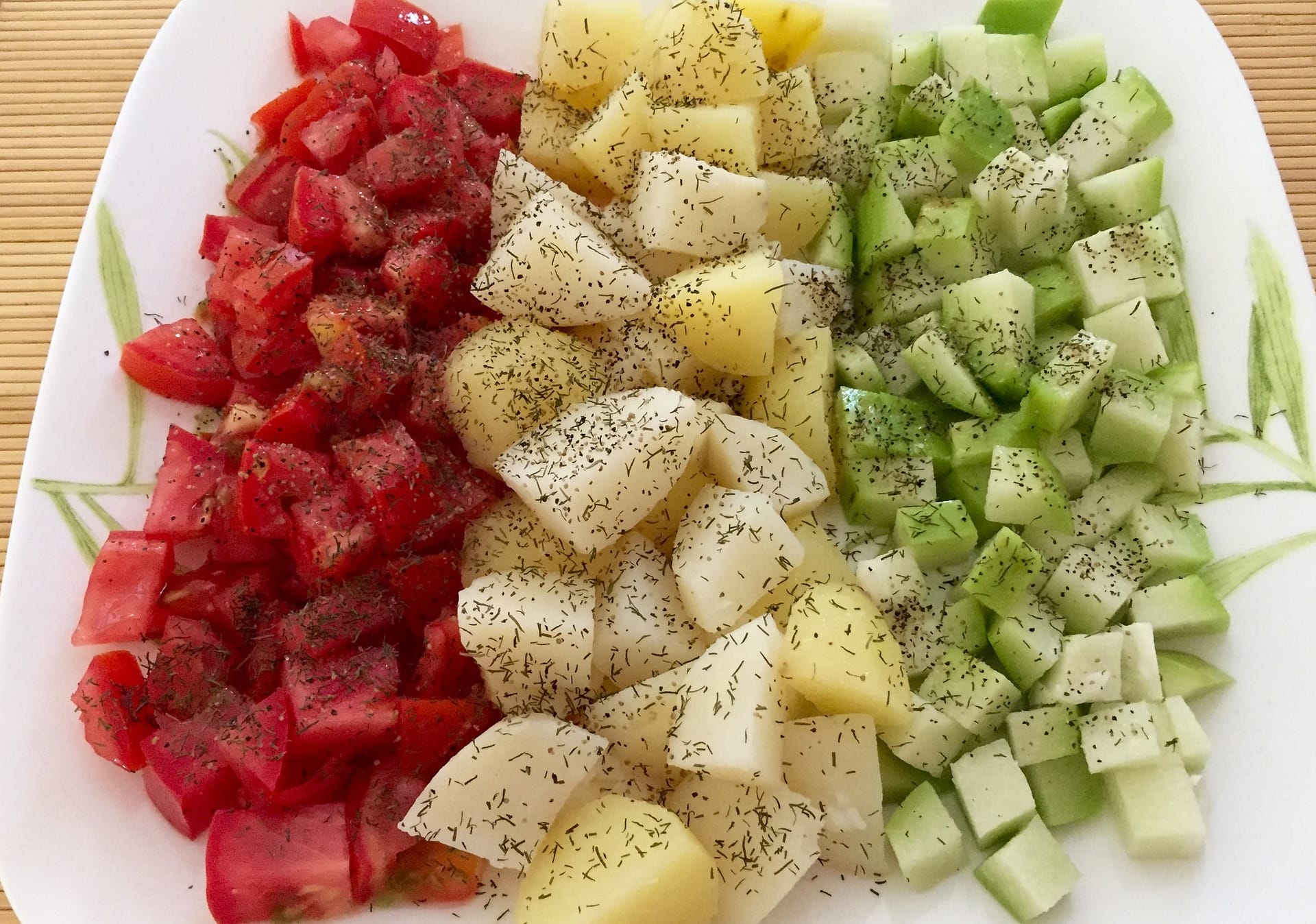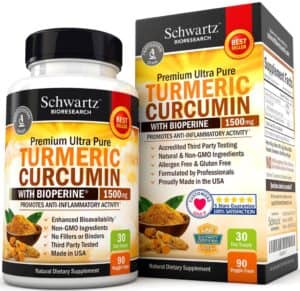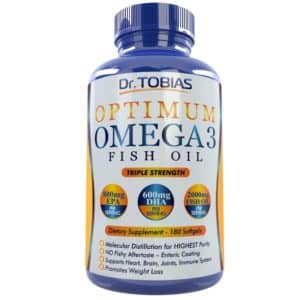Beyond Wound Healing: Unveiling the Diverse Benefits of Hyperbaric Oxygen Therapy

Imagine a world where healing transcends traditional medicine. Hyperbaric Oxygen Therapy (HBOT) has emerged as a transformative treatment, offering a multitude of benefits beyond conventional wound care. In Minnesota, facilities like HyperBaric Centers of Minnesota and Hennepin Healthcare provide state-of-the-art hyperbaric chambers, allowing patients to experience the profound effects of oxygen therapy firsthand.
This innovative therapy immerses patients in a pressurized environment filled with pure oxygen, facilitating remarkable physiological changes that enhance healing and overall wellness. As interest in HBOT grows, more individuals are discovering its potential to transform health in ways previously unimagined. Join us as we explore the diverse benefits of hyperbaric oxygen therapy and learn how it can elevate health and wellness across multiple dimensions.
For the best therapy on the hyperbaric chamber, you can check out this link, where advanced treatments are designed to accelerate healing and enhance overall wellness.
Improving Brain Function and Cognitive Abilities
Hyperbaric Oxygen Therapy is making waves in the realm of cognitive enhancement. The brain, being one of the most oxygen-dependent organs, thrives under increased levels of this vital gas. Studies show HBOT can improve memory and focus by stimulating neural repair and growth. It promotes neurogenesis, the process of forming new neurons, which plays a crucial role in learning and retaining information. Additionally, hyperbaric treatments have been linked to reduced symptoms associated with conditions like traumatic brain injury and stroke. Enhanced oxygen delivery helps to revive damaged tissues in these cases.
Many users report sharper thinking and improved clarity after sessions. This boost can benefit anyone from students preparing for exams to professionals seeking an edge at work. With each session, participants often find themselves more alert and engaged in daily tasks—a refreshing change from mental fatigue or fogginess experienced before treatment.

Reducing Inflammation and Pain
Hyperbaric Oxygen Therapy (HBOT) has emerged as a powerful ally in combating inflammation and pain. By delivering pure oxygen at elevated pressures, it promotes healing on a cellular level. This therapy enhances oxygen supply to inflamed tissues. The increased oxygen helps to reduce swelling and stimulate the body’s natural repair mechanisms. As blood flow improves, cells receive essential nutrients, aiding recovery. Moreover, HBOT can significantly alleviate chronic pain conditions such as arthritis or fibromyalgia. Patients often report reduced discomfort after sessions. This relief allows individuals to regain mobility and improve their quality of life. Research continues to shed light on HBOT’s effectiveness for various inflammatory disorders. From sports injuries to post-surgery recovery, its benefits are undeniable.
Enhancing Athletic Performance and Recovery
Athletes are always seeking an edge. Hyperbaric oxygen therapy offers a unique advantage in this quest. It enhances endurance and performance by increasing the amount of oxygen available to muscles. This boost allows athletes to push their limits during training sessions or competitions. Recovery is just as crucial as performance. After intense workouts, muscles need time to heal. The therapy accelerates the body’s natural healing processes, significantly reducing downtime. Many elite athletes are now incorporating hyperbaric treatments into their routines. They report quicker recovery times and less soreness after grueling events.
Moreover, improved mental clarity can give competitors a strategic advantage on game day. When every second counts, clarity of thought can be just as vital as physical prowess.
Management of Radiation Tissue Damage
Radiation therapy is a common treatment for cancer, but it often comes with unwelcome side effects. These can include damage to surrounding tissues and organs. Managing this tissue damage is crucial for patient recovery. Hyperbaric oxygen therapy (HBOT) offers a promising solution. By increasing the amount of oxygen delivered to damaged tissues, HBOT promotes healing at the cellular level. This enhanced oxygen supply stimulates new blood vessel formation and reduces inflammation. Patients experiencing radiation-induced injuries may find relief through regular sessions in a hyperbaric chamber. The evidence suggests improved tissue repair and reduced pain associated with these injuries.
Incorporating HBOT into post-radiation care could significantly enhance patients’ quality of life. Those suffering from chronic wounds or ulcers after radiation have reported positive outcomes as well, highlighting its versatile applications in medical settings.
Treatment of Carbon Monoxide Poisoning
Carbon monoxide poisoning is a serious health risk that can occur in various environments, often without immediate signs. When inhaled, this colorless and odorless gas binds to hemoglobin in the blood, preventing oxygen transport to vital organs. Hyperbaric oxygen therapy comes into play as a critical treatment option. Exposing patients to pure oxygen at higher-than-atmospheric pressures significantly enhances the elimination of carbon monoxide from the bloodstream. This therapy helps replenish oxygen levels more rapidly than standard treatments. The increased pressure also helps reduce tissue damage caused by hypoxia.
Patients undergoing hyperbaric sessions frequently report improved cognitive function and overall well-being shortly after treatment. This method speeds up recovery and plays a pivotal role in minimizing long-term effects associated with carbon monoxide exposure.…


 It is not every day that you wake up feeling lively and have enough energy to complete your daily tasks effectively. Sometimes you wake up feeling tired, drained, and lacking the power to execute even the most important tasks. The White Borneo Kratom can come in handy in these situations. A small dose is enough to elevate your energy levels the entire day, allowing you to execute all your daily tasks easily.
It is not every day that you wake up feeling lively and have enough energy to complete your daily tasks effectively. Sometimes you wake up feeling tired, drained, and lacking the power to execute even the most important tasks. The White Borneo Kratom can come in handy in these situations. A small dose is enough to elevate your energy levels the entire day, allowing you to execute all your daily tasks easily.
 If you have celiac disease, gluten hypersensitivity, wheat allergy, or an autoimmune deficiency, which can be aggravated by gluten; this protein complex should be eliminated from your diet. Celiac disease is a medical condition wherein the small intestine is super sensitive to gluten resulting in difficulty in the digestion of food. It can ultimately lead to damage of the small intestine. A small amount of gluten, when ingested by a person with celiac disease, can be life-threatening.
If you have celiac disease, gluten hypersensitivity, wheat allergy, or an autoimmune deficiency, which can be aggravated by gluten; this protein complex should be eliminated from your diet. Celiac disease is a medical condition wherein the small intestine is super sensitive to gluten resulting in difficulty in the digestion of food. It can ultimately lead to damage of the small intestine. A small amount of gluten, when ingested by a person with celiac disease, can be life-threatening. Which One Is For You?
Which One Is For You?
